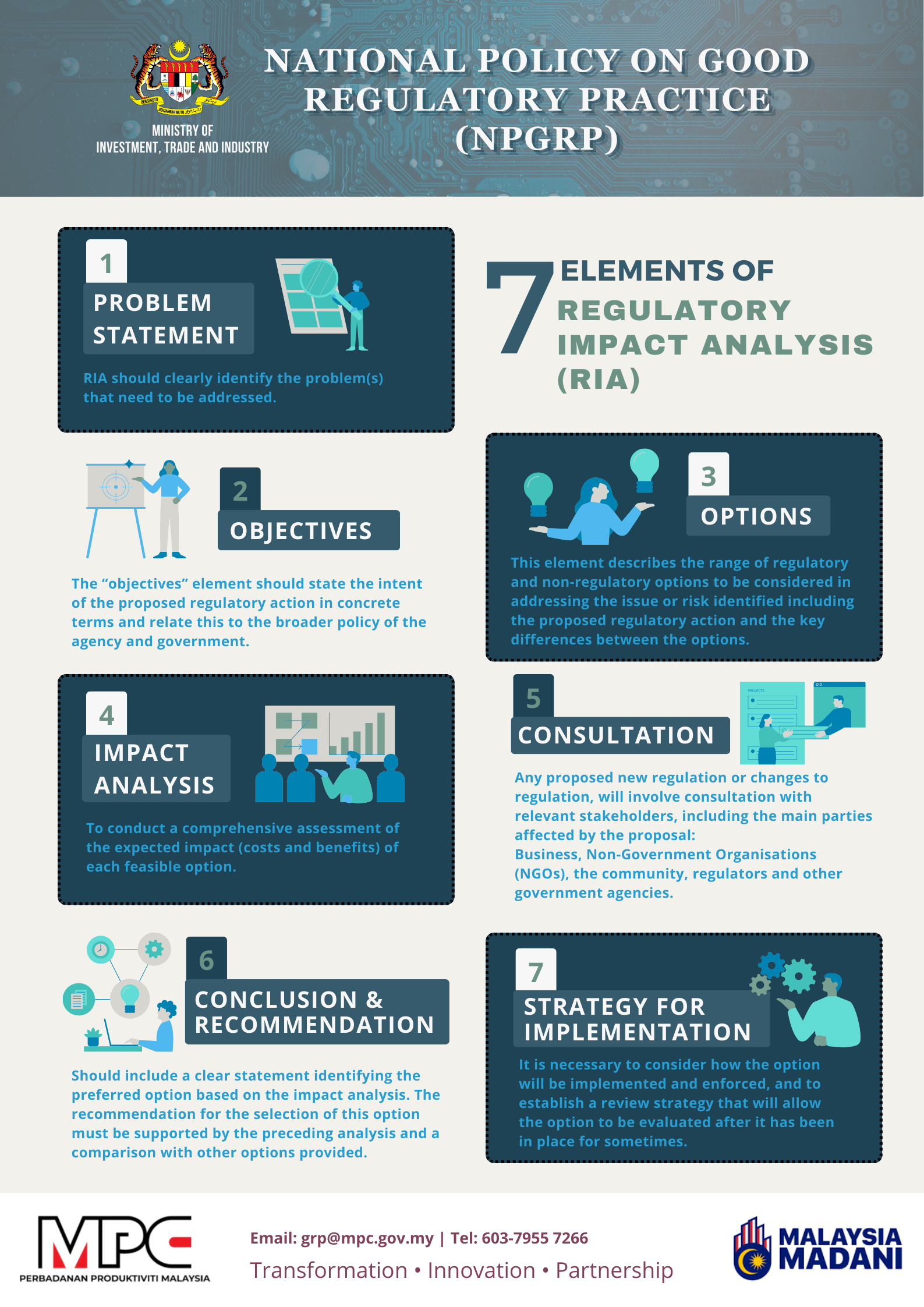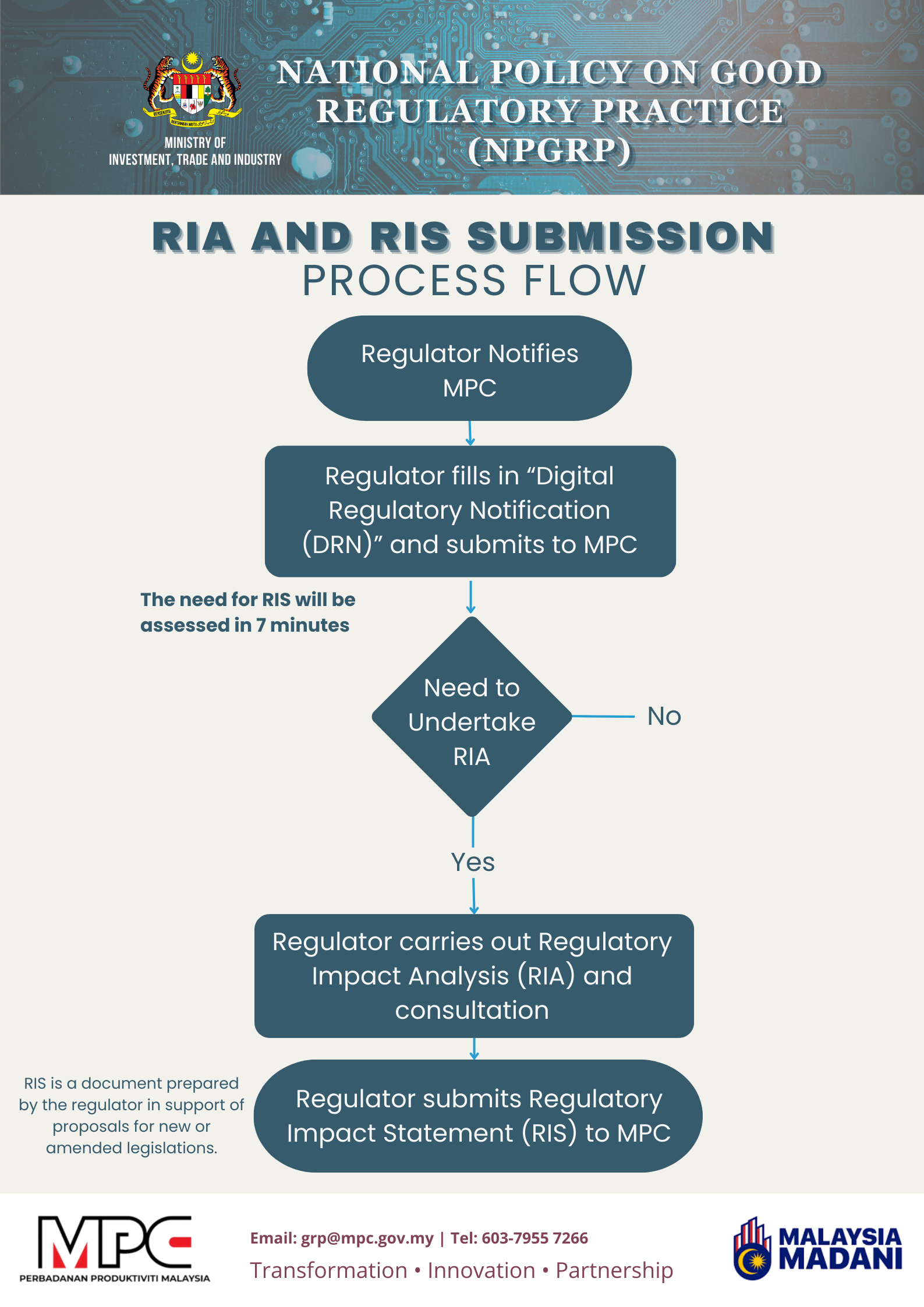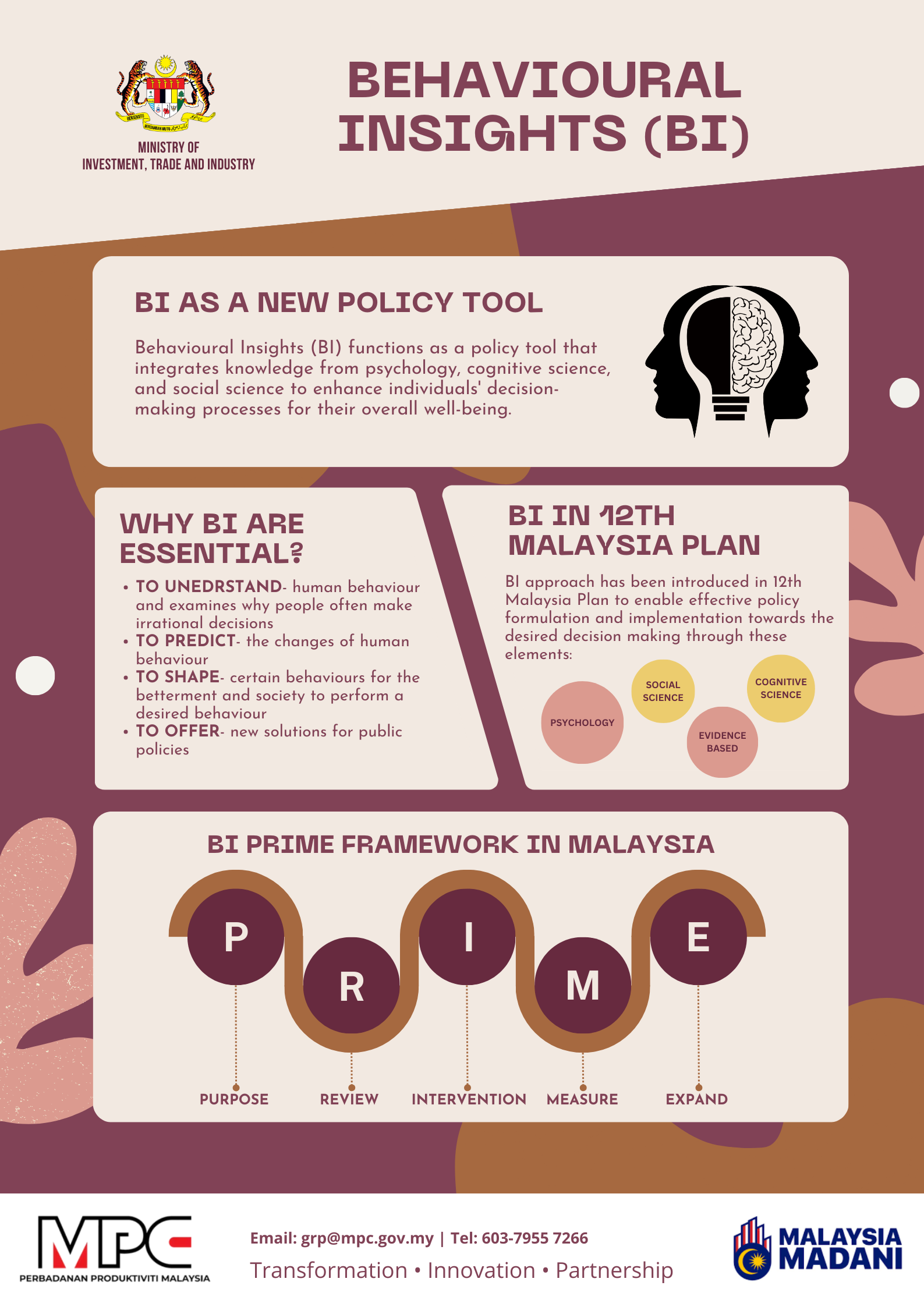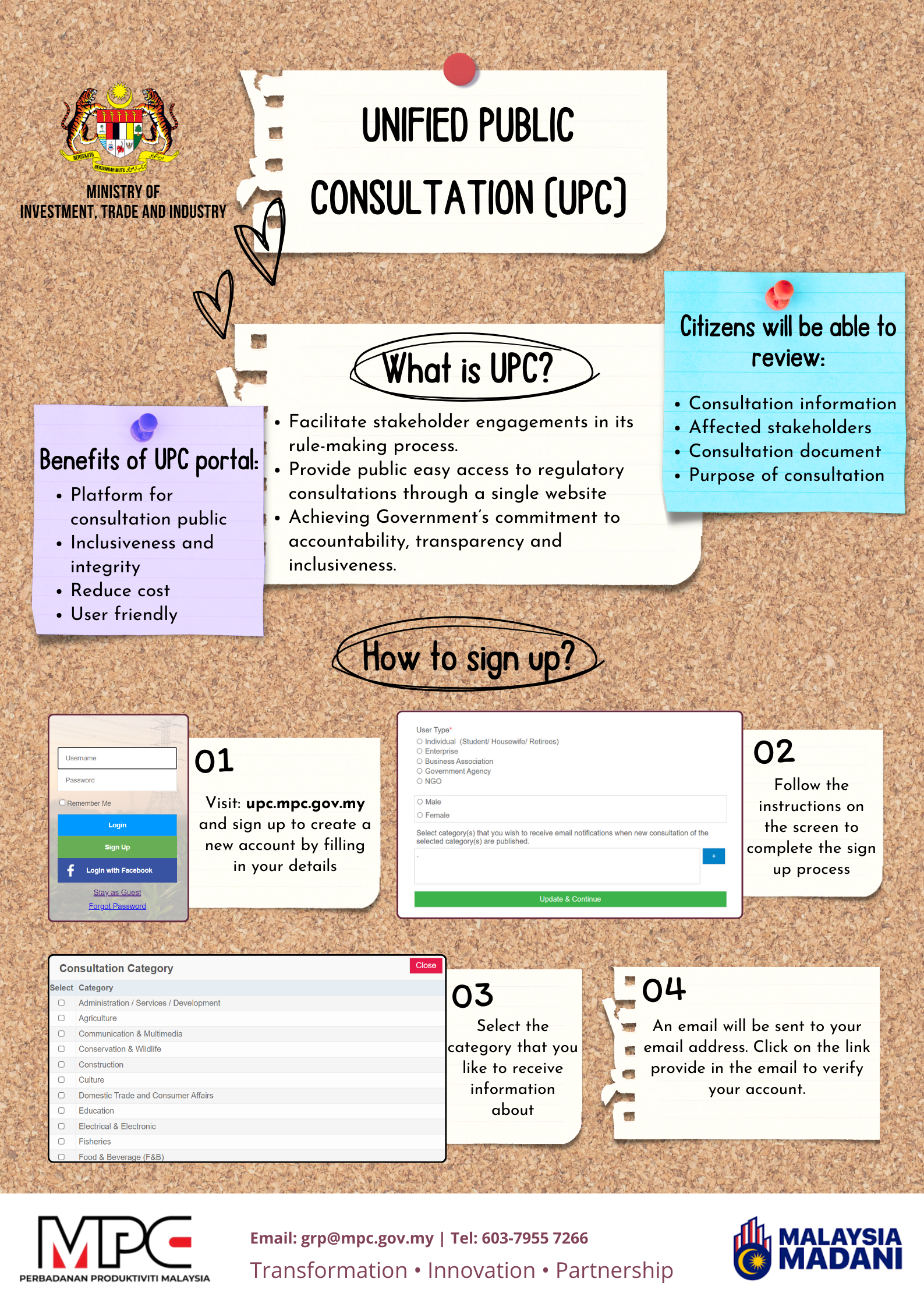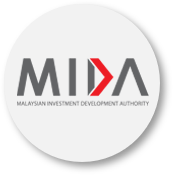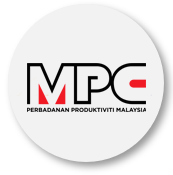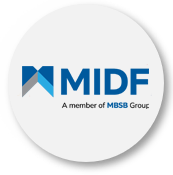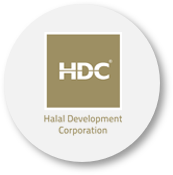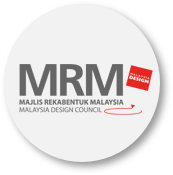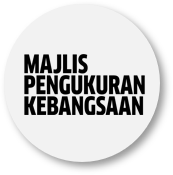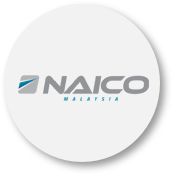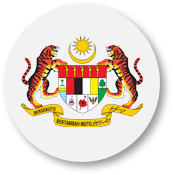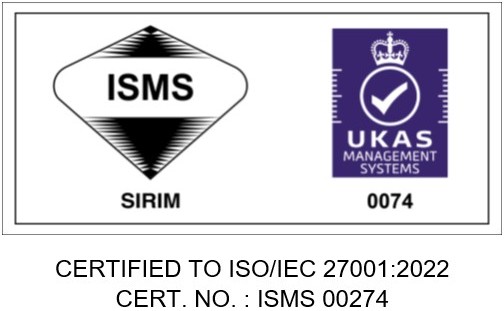Background
In 2013, Malaysia's regulatory reform path was characterised by the National Policy on the Development and Implementation of Regulations (NPDIR).
Recognising the importance of regulators’ understanding of the influence of the regulatory ecosystem on the business environment, a more holistic regulatory reform approach is required.
This approach should be equally focused on encouraging entrepreneurship, enabling orderly transformation, and ensuring the community's well-being. A new National Policy on Good Regulatory Practice (NPGRP) has been implemented in accordance with global best practices.
NPGRP
The National Policy on Good Regulatory Practice (NPGRP) was launched on 30th July 2021 and it replaces the NPDIR, which was in effect for five years. This change is an encouraging improvement to NPDIR and a significant step forward for regulatory reform. NPGRP is dedicated to improving the quality of both new and current regulations and providing more precise and enhanced guidance for the implementation of Good Regulatory Practice (GRP). NPGRP's overarching goal is to promote an effective, efficient, and accountable regulatory system and a rule-making process that supports the nation's economic development objectives.
Every Ministry and Agency is obliged under the NPGRP to nominate a senior officer as a Regulatory Coordinator (RC) and notify the Malaysian Productivity Corporation (MPC) of the appointment. Outlined in the NPGRP, the Regulatory Process Management System (RPMS) is established and advocates for a ‘whole-of-government’ approach to managing the nation’s regulatory regime. The regulator is responsible for developing and maintaining the regulatory management system as outlined in the national policy guidelines.
The government mandates its regulatory agencies to adopt and implement GRP by:
- Embracing NPGRP and the underlying principles of GRP.
- Ensuring the capacity to deliver a high-quality regulatory environment.
- Establishing systems and procedures to ensure regulatory quality.
Objectives:
The primary objective of NPGRP is as follows:
- To strengthen compliance with GRP for the introduction of new regulations and the amendment of existing regulations, to enhance productivity and competitiveness in Malaysia.
- To inculcate the importance of GRP among policymakers, particularly in ensuring the quality of policies and regulations.
Pekeliling Am Bil. 1 2021
RIA
Background of RIA
The establishment of Regulatory Impact Assessment (RIA) arises from the recognition that relying solely on the enactment of new laws to address governmental challenges that is often misinformed. RIA advocates for a nuanced approach, asserting that government intervention should precisely align with policy objectives, and this alignment doesn't always necessitate a legal change. Regulatory bias characterized by a tendency to overlook non-regulatory alternatives has led to the perpetuation of the status quo and the failure of regulatory proposals.
RIA addresses these challenges by providing a systematic and transparent framework for crafting regulations. Its purpose is to prevent impulsive decision-making by encouraging comprehensive analysis, questioning, and understanding of real-world impacts and assumptions. This aligns with the Organisation for Economic Co-operation and Development's (OECD) perspective, highlighting RIA's significant contribution to enhancing the quality of decision-making processes.
History of RIA
The United States was an early supporter of RIA with Inflation Impact Assessments required before introducing costly regulations. Internationally, groups like the OECD pushed for RIA has seen in the Recommendation on Improving the Quality of Government Regulation in the mid-90s. The World Bank also played a role introducing a Global Indicator of Regulatory Governance to study RIA implementation globally. While RIA is adopted by all OECD members, making it work well has been a challenge. In ASEAN, seven countries, including Cambodia, Indonesia, Laos, Malaysia, the Philippines, Thailand, and Vietnam, use RIA in formal policymaking. However, Brunei, Myanmar, and Singapore lack formal RIA Regulatory Frameworks, even though the ASEAN Good Regulatory Practice Guide was created in 2009 to improve regulatory practices and cooperation, though it's not binding on member countries.
The process of RIA
The National Policy on Good Regulatory Practice (NPGRP) defines RIA as the process of evaluating the potential impact of a proposed regulation and various alternative options to achieve the government's policy objectives. It is an evidence-based approach for systematically identifying and assessing the impacts of regulatory proposals before final decisions are made. Through RIA, regulators can pinpoint the best solution by considering who benefits and who bears the costs.
In the RIA process:
- The regulator must notify the Malaysia Productivity Corporation (MPC) early in the decision-making process once an administrative decision suggests regulation may be necessary.
- This involves submitting a Digital Regulatory Notification Form (DRN) with preliminary information to determine if the proposal is likely to have a regulatory impact.
- NPGRP outlines cases that are not considered to have a significant impact, including minor changes or cases that receive exemptions related to national security and urgent matters.
- If MPC determines little or no regulatory impact, the regulator can proceed without conducting RIA.
- In cases of significant impact, the regulator must undertake RIA and prepare a Regulatory Impact Statement (RIS) with a level of analysis matching the proposal's likely impact.
- The RIS is then sent to MPC for assessment and approval, and after approval, it is tabled at the National Development Planning Committee for notification.
- The purpose of RIS is to ensure decision-makers make balanced decisions based on the best available information.
- MPC is required to publish the RIS after consultation with the regulator and maintain a publicly accessible register.
- In specific situations, a regulatory proposal may proceed without RIA, such as in emergencies or when RIA is deemed inadequate. In such cases, the regulations undergo a post-implementation review or ex-post evaluation within one to two years from implementation.
Behavioural Insight (BI)
Introduction
Behavioural Insights (BI) functions as a policy tool that integrates knowledge from psychology, cognitive science, and social science to enhance individuals' decision-making processes for their overall well-being. It adopts an inductive approach to test solutions before complete implementation, as well as to diagnose and evaluate problems, such as:
- Randomised controlled trials
- Laboratory experiments
- Pilot tests
- Online experiments
- Literature reviews
According to the Organisation for Economic Co-operation and Development (OECD), BI has been applied by 202 institutions worldwide, proving effective in enhancing public compliance, reducing compliance costs, and improving policy outcomes. The implementation of BI in the public sector is introduced in the 12th Malaysia Plan through initiatives led by the Malaysia Productivity Corporation (MPC), a statutory body under the Ministry of Investment Trade and Industry (MITI). Since 2020, the MPC has been actively developing modules, conducting studies and experiments, and organizing capacity-building programs to establish BI applications in government institutions.
In the 12th Malaysia Plan (2021-2025), the BI approach is set to serve as a complementary tool, enhancing the government's services to the citizens. The utilization of BI aims to design and implement policies that guide citizens toward making more informed decisions. Policies are developed with the assumption that humans decide to act sensibly and logically, as they are meant to alter behaviour towards intended objectives. However, factors such as social and cultural circumstances, biases, and personal experiences often influence decision-making and actions.
MPC's initiatives in driving BI adoption during the 12th Malaysia Plan include:
- Organizing awareness programs to engage regulators and policymakers in relevant ministries.
- Expanding case studies and BI initiatives through the 1Ministry, 1Project program to cultivate local talents in BI and broaden experience among practitioners in the public sector.
- Developing BI program evaluations to measure the effectiveness of BI in policymaking.
- Publishing BI guidelines and case studies as references for practitioners in the public sector.
- Conducting capacity-building programs for government officers and encouraging their active participation in BI case studies and initiatives.
These efforts aim to optimize resource utilization and minimize enforcement needs, as well as establish a foundation for evidence-based policymaking through the adoption of BI in Malaysia's public sector.
MPC has also developed PRIME Framework as a guidance to practitioners in applying and implementing BI in public policy. PRIME stands for Purpose, Review, Intervention, Measure and Expand. The PRIME framework outlines 5 processes on how behaviourally-informed public policy can be applied in a practical way:
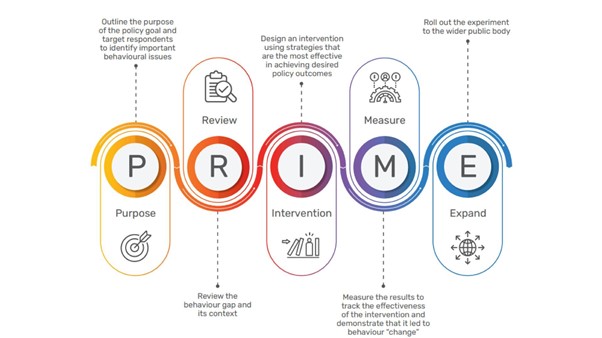
Unified Public Consultation (UPC)
Introduction
UPC, which stands for Unified Public Consultation, is both a platform and an important avenue for Malaysian citizens to have a voice in shaping government policies and regulations. The fundamental idea behind UPC is to ensure that the government collaborates with the people, enabling them to express their concerns and issues and as well as incorporate these insights into the formulation and enforcement of various policies and regulations. The platform is an initiative to ease the process of Regulatory Impact Assessment (RIA) where public consultation is compulsory when proposing new regulations.
Functions of UPC
UPC plays a number of critical roles in promoting the communication between government and the public. One of its main features is the UPC portal, which gives the public a way to interact with the government by taking part in policy and regulation-related consultation papers. Citizens can submit valuable comments on these policies through this portal, allowing them to play an active role in shaping the nation's future.
Within the UPC portal, citizens can access various information related to consultations, which refers to the specific goals and objectives that the government aims to achieve through the engagement of citizens. It can vary from:
- Seeking public perspectives on proposed policies;
- Addressing specific concerns;
- Identifying areas of improvement; or
- Making informed decisions.
This transparency empowers the public to review and engage with the government in a meaningful way, making the UPC platform an essential instrument in strengthening participatory democracy in Malaysia.
Some of the information that the public can review are:
- Consultation information
- Purpose of the consultation
- Affected stakeholders
- Consultation documents
Hyperlink for UPC portal
UPC portal URL: https://upc.mpc.gov.my/csp/sys/bi/%25cspapp.bi.index.cls?scnH=746&scnW=767
Background
Introduction
MyMudah is initiated by the government to support the business recovery. The initiative is the government's non-fiscal approach to assist industry players and businesses by identifying and reducing unnecessary regulatory burdens that will reduce regulatory compliance costs, create jobs and stimulate the economy.
Objective
- Assist companies and businesses which are burdened by unnecessary regulations.
- Reduce business costs (compliance costs), enhance ease of doing business, create jobs and stimulate the economy.
The Strategic Planning Division (BPS) has established the MyMudah Unit at MITI and is responsible for:
- Register MyMudah Units at MITI and identify MyMudah Unit team members for each issue registered.
- Coordinating the issues received from the MPC MyMudah System.
- Monitor the MyMudah MITI issue resolution process.
- Be the liaison officer between MyMudah MITI and MPC.
- Prepare reports related to MyMudah MITI to the Top Management of MITI and MPC every year.
The membership of the MyMudah Unit at MITI consists of Administrative Officers of all divisions and units at MITI and are responsible for:
- Implement the MyMudah process at the respective Division/Unit level.
- Identify and verify problems received from Business Associations.
- Provide feedback on proposed solutions to issues related to their respective fields of work.
- Obtaining verification from the respective wing's TKSU on the feedback of the proposed solution to the issue before submitting it to BPS.
- Contribute ideas, conduct research, implement proposed solutions and improvements as well as monitor the effectiveness of project implementation.
- Prepare reports for MyMudah issues related to the functions and roles of the respective Divisions/Units.
- Inform immediately if there is a change of MITI MyMudah Unit members.
Terms of Reference
Committee organisation chart
Organizational Structure MITI MyMudah Unit
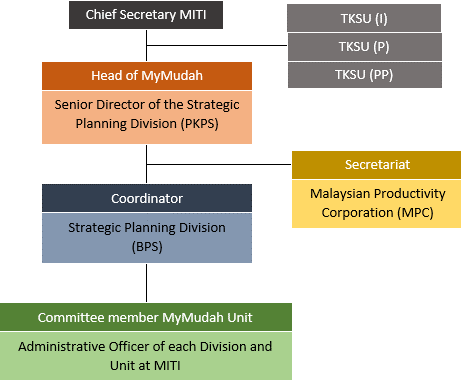
-
NPGRP Handbook
-
Best Practice Regulation Handbook 2.0
-
National Behavioural Insight Guideline







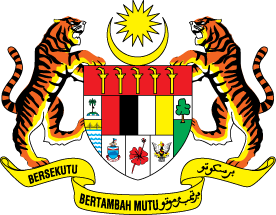





 Home
Home
